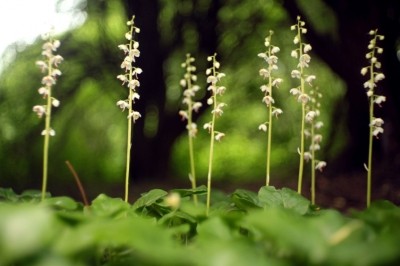Research showing organic techniques restore soil carbon could expand the seal’s appeal
This content item was originally published on www.foodnavigator-usa.com, a William Reed online publication.
The study, which was published in the scientific journal Advances in Agronomy and directed by Northeastern University and The Organic Center, found on average organic farms have 44% higher levels of humic acid, 150% more fulyic acid, 26% greater potential for long-term carbon storage and 13% higher soil organic matter.
The finding that organic soil has significantly higher levels of humic acid is particularly important because it serves as long-term storage for carbon in the soil, which means it can help reduce climate change and improve soil health, explained Jessica Shade, the director of science programs at The Organic Center.
“A way simple way to think about humic substances is it is the long-term reserve of carbon in the soil. It also has ties in with all kinds of really important soil health metrics, but the main thing you need to know is that it is where carbon is stored so it is all the carbon that could be in our atmosphere there gets stored in the soil, it gets locked away in humic substances,” she told FoodNavigator-USA late last month at USDA’s Agricultural Outlook Forum.
She explained that the researchers at Northeastern University had found low levels of humic acid in conventionally farmed land, and they hypothesized this was related to synthetic fertilizers stripping the soil of what it needs “to be healthy.” To test this, they needed data from organic farm land, which is where The Organic Center came in.
“I was surprised because every single measure of organic matter humic substances was significantly higher in organic – even when you controlled for things like location,” she said.
“What this means is the techniques that are used by organic, things like using compost, using manure, rather than synthetic fertilizer, is capturing more carbon that would otherwise be in the atmosphere. So it plays a really important role in mitigating climate change,” she explained.
Organic includes regeneration
These findings also underscore organic’s ability to evolve and grow at a time when other terms and practices – such as regenerative or agroecology – are emerging as a potential competitive threat to the seal’s current gold-standard position.
“I think people get very hung up on different terms – so sustainability or regenerative or agroecology. There are all these terms out there, and for me, the way I view organic is that it is a system that is trying to do the best for the environment, the best for our health and if it is not necessarily there yet, that doesn’t mean it can’t get there. So the way organic is moving forward is becoming more environmentally sustainable, more regenerative, etc.,” she said.
Looking forward, Shade said, additional research needs to be done on organic pest control methods and providing organic farmers with basic tools to address other agronomic challenges. Ultimately, she added, this research can be used to help conventional farmers, too.
“The other place I think research needs to go is towards human health – so making sure that organic over the long term benefits human health in a way that hasn’t really been researched before. I think this is the next frontier,” she said.












